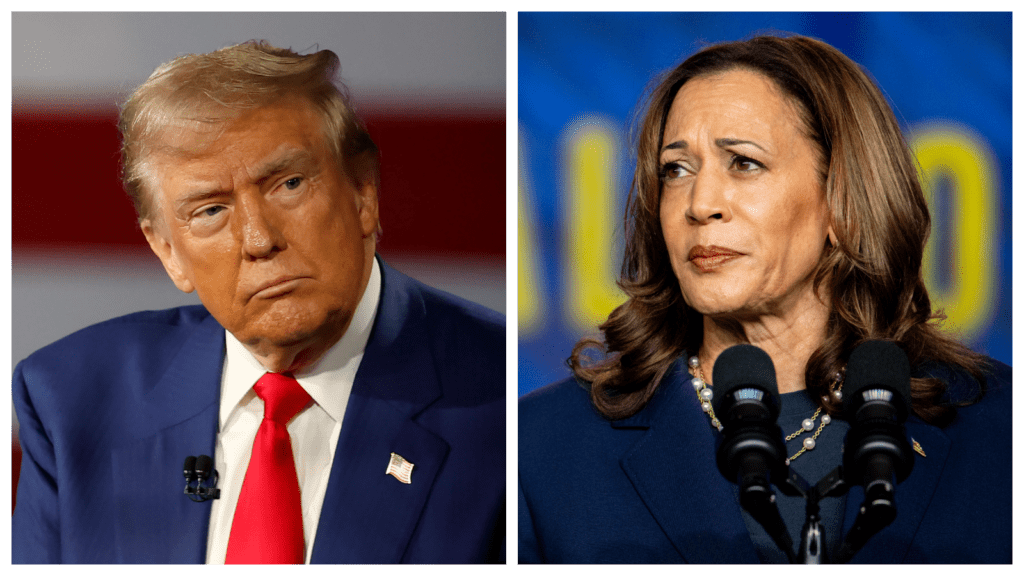The Wall Street Journal released poll results on Friday surveying swing state voters for the 2024 election. While overall figures suggest a tightly contested race, the detailed breakdown in a key traditionally Democratic swing state reveals a different narrative. The survey covered seven states, including Nevada, which Hillary Clinton won in 2016 and President Joe Biden in 2020. In both elections, former President Donald Trump came close to victory but fell short.
This time, Trump may finally secure a win, which would likely severely damage Vice President Kamala Harris’s chances. Polling 600 Nevada voters from September 28th to October 8th, Politico reported that Trump leads Harris 47% to 42%, a margin just within the poll’s 5-point error range. Other pollsters are expected to quickly conduct their own surveys to determine if a significant shift is occurring.
Las Vegas, a liberal stronghold, has positioned Nevada as a crucial Democratic stronghold in presidential elections, having last voted Republican during former President George W. Bush’s 2004 victory. The city is approaching majority-minority status, meaning that most voters in Las Vegas identify as nonwhite. This demographic shift has continued to grow in recent years, making Trump’s lead even more significant and highlighting that, despite facing the first female presidential candidate of color from a major party, he is still performing exceptionally well within minority communities.
Nearly one in five Nevada voters are nonwhite Latino, according to the NALEO Educational Fund—a demographic that Harris is finding it difficult to fully support her campaign. The L.A. Times reported on Friday that while Harris maintains a comfortable lead in traditionally Democratic California, she is struggling to gain traction among the state’s large Latino population. A similar trend may be emerging in Las Vegas.
Across all seven states, President Trump maintains a narrow lead of 46% to 45%. Both candidates are consolidating support within their respective parties, with 93% of party-affiliated voters indicating they will back their party’s nominee. Among independent voters, Harris holds a slight advantage, leading 40% to 39%, highlighting the race’s tight nature.
Additionally, Democrats are raising concerns about traditionally Democratic states like Michigan and Wisconsin—states that Trump won in 2016 and Biden in 2020—which have now solidified into intense battlegrounds. The Wall Street Journal poll shows Harris leading in Pennsylvania by 3%, a margin that falls within the poll’s margin of error and is contested by other surveys, indicating a tighter race.



